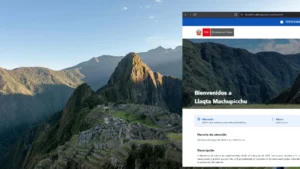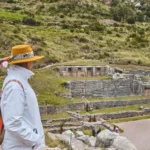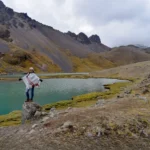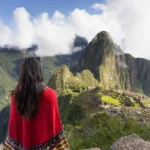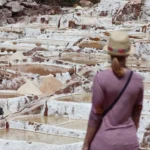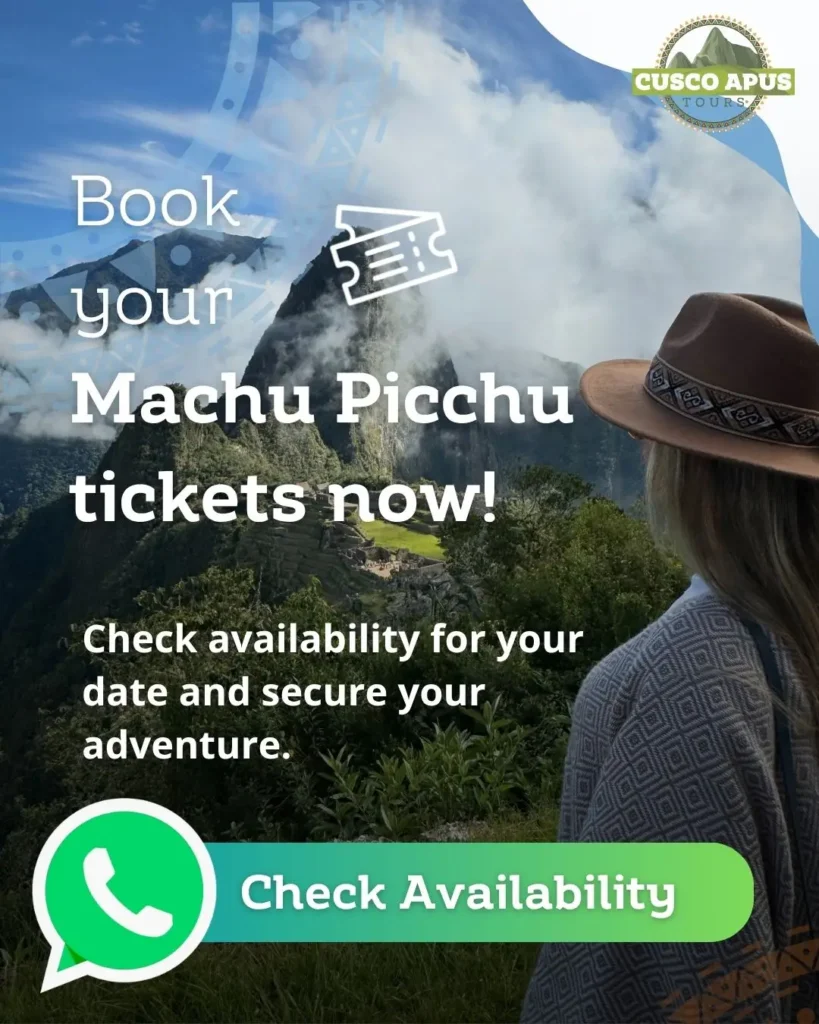Straddling the border between Peru and Bolivia at an altitude of 3,812 meters (12,507 ft), Lake Titicaca is the largest lake in South America and the highest navigable lake in the world. Known as the cradle of Andean civilization, it offers a unique combination of natural beauty, rich history, and vibrant indigenous culture. For travelers exploring Peru and Bolivia, a visit to Lake Titicaca is an unforgettable experience.
Why Visit Lake Titicaca?
- Stunning landscapes: Crystal-clear waters surrounded by the majestic Andes mountains.
- Cultural immersion: Home to ancient traditions preserved by indigenous communities.
- Unique islands: From the famous floating Uros islands to mystical Taquile and Amantani.
- Mythical heritage: Considered the birthplace of the Inca civilization, with legends that still echo today.
Highlights of Lake Titicaca
🔹 Uros Floating Islands
Perhaps the most famous attraction, the Uros Islands are made entirely of totora reeds. The Uros people, who predate the Incas, continue to live on these floating homes, maintaining their language, culture, and fishing traditions. Visitors can explore their islands, learn how they are built, and even take a short boat ride on reed rafts.
🔹 Taquile Island
A UNESCO-recognized site for its textile art, Taquile is known for its cooperative community lifestyle. Locals wear beautifully woven garments that reflect their marital status and role in society. A visit includes hiking trails with panoramic lake views and a traditional lunch prepared by the islanders.
🔹 Amantani Island
Less touristy and perfect for homestay experiences, Amantani offers a deep cultural exchange. Visitors stay with local families, share meals, and participate in traditional music and dance. The island also features two sacred peaks, Pachatata (Father Earth) and Pachamama (Mother Earth), offering spectacular sunset views.
🔹 Sillustani Archaeological Site
Located near Puno, Sillustani is a pre-Inca burial site featuring massive stone funerary towers called chullpas. Overlooking Lake Umayo, this site is a must for history lovers.
Cultural Insights
- Birthplace of the Incas: According to Andean mythology, Manco Cápac and Mama Ocllo, the founders of the Inca Empire, emerged from the lake’s waters.
- Festivals: Puno, the gateway city to Lake Titicaca, is known as the Folklore Capital of Peru, hosting the vibrant Candelaria Festival, filled with music, dance, and colorful costumes.
- Local life: Communities rely on fishing, agriculture (potatoes, quinoa), and handicrafts, especially weaving and embroidery.
Activities on Lake Titicaca
- Boat tours to Uros, Taquile, and Amantani.
- Hiking on the islands with panoramic views.
- Homestays for authentic cultural immersion.
- Birdwatching and photography (the lake hosts over 60 bird species).
- Exploring local markets in Puno.
Practical Travel Information
- Best time to visit: April to November (dry season, sunny days and chilly nights).
- Altitude tips: At 3,812 m, acclimatization is important. Spend a couple of days in Cusco or Arequipa before arriving.
- How to get there:
- From Cusco: 10-hour bus ride or 1-hour flight to Juliaca + 1-hour transfer to Puno.
- From Arequipa: 6-hour bus ride.
- From La Paz (Bolivia): 4–6 hours by bus via Copacabana.
- Where to stay: Puno offers a wide range of accommodations, from budget hostels to lakefront hotels. For a deeper experience, choose a homestay on Amantani or Taquile.
